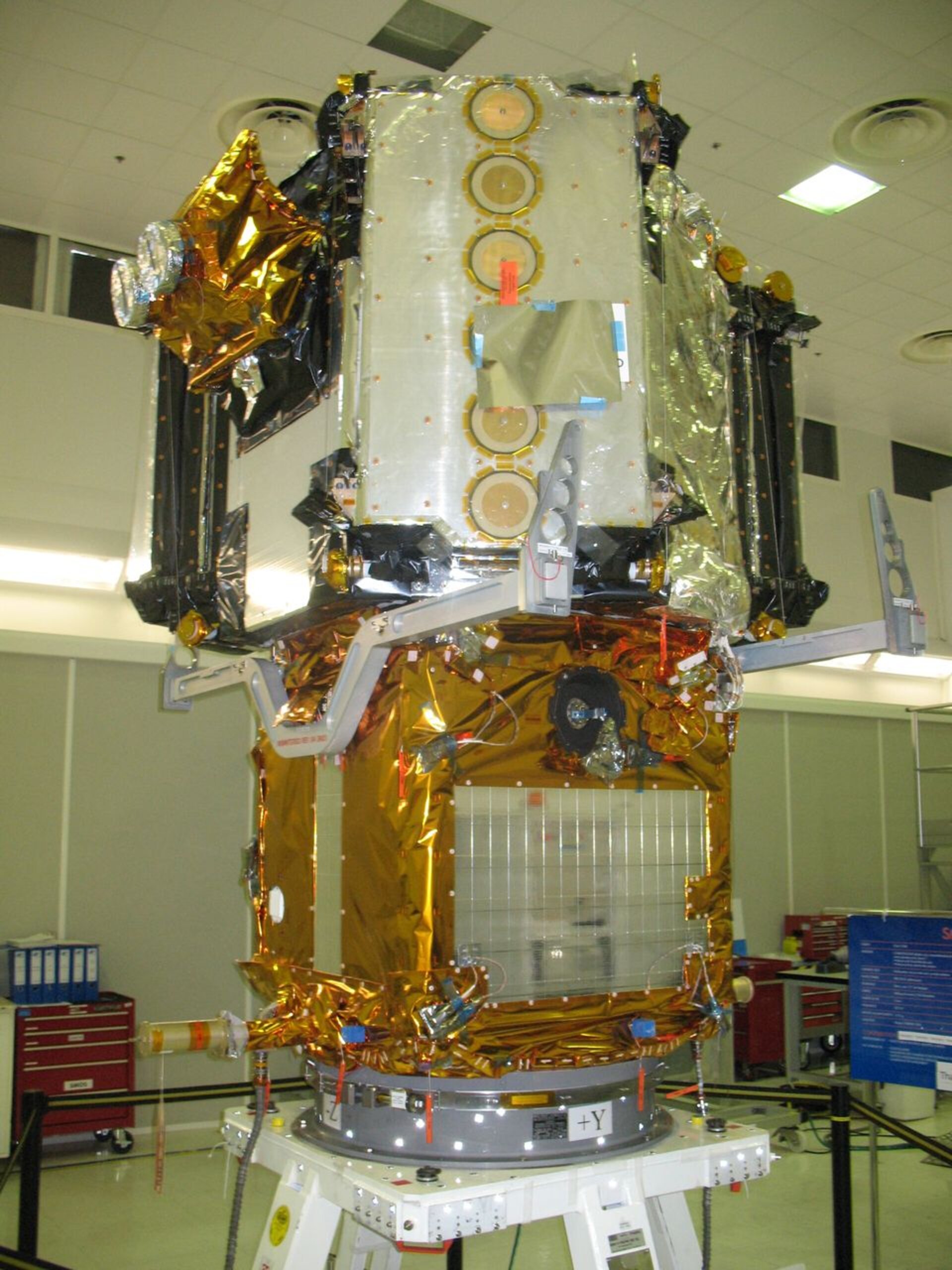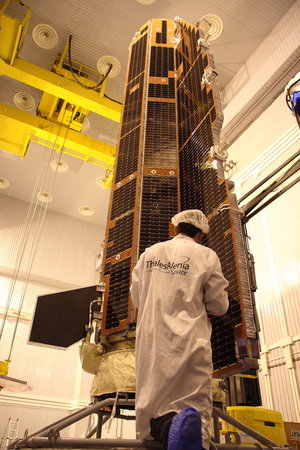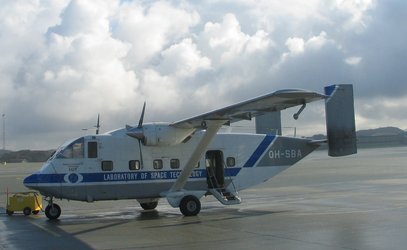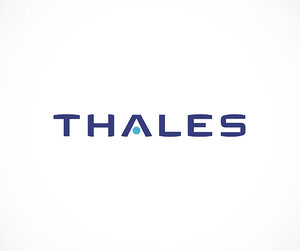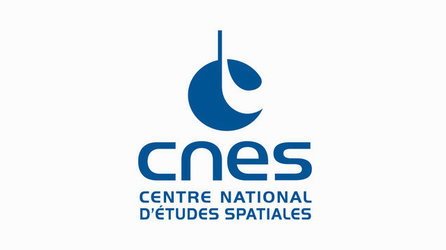ESA's water mission on track for launch
Following word from Eurockot that launch of the Earth Explorer SMOS satellite can take place between July and October this year, ESA, CNES and the prime contractor Thales Alenia Space are now making detailed preparations for the last crucial steps before ESA's water mission is placed in orbit.
The Soil Moisture and Ocean Salinity (SMOS) satellite has been in storage at Thales Alenia Space's facilities in Cannes, France since May last year awaiting for a third stage of the Rockot launcher to be assigned to the mission and a slot given for launch from the Russian Plesetsk Cosmodrome 800 km north of Moscow. All being well, SMOS will be the second of ESA's Earth Explorer missions to launch after the Gravity field and steady-state Ocean Circulation Explorer (GOCE), which is planned for launch on 16 March 2009.
Following news from Eurockot Launch Services that launch will be this summer, a team of SMOS managers and engineers from ESA, CNES and Thales Alenia Space has just returned from Moscow after meeting with their Russian counterparts to discuss aspects of the launch.

Now on track for launch, the SMOS team is preparing for the final milestone prior to the satellite being shipped to Plesetsk – the Flight Acceptance Review. The review will take place in May and involves the design, analysis, manufacture and testing being presented to external reviewers, which ensures that nothing critical has been overlooked. The expected outcome is 'consent to ship' – giving the green light to pack up the SMOS satellite and transport it to Russia for launch in the summer.
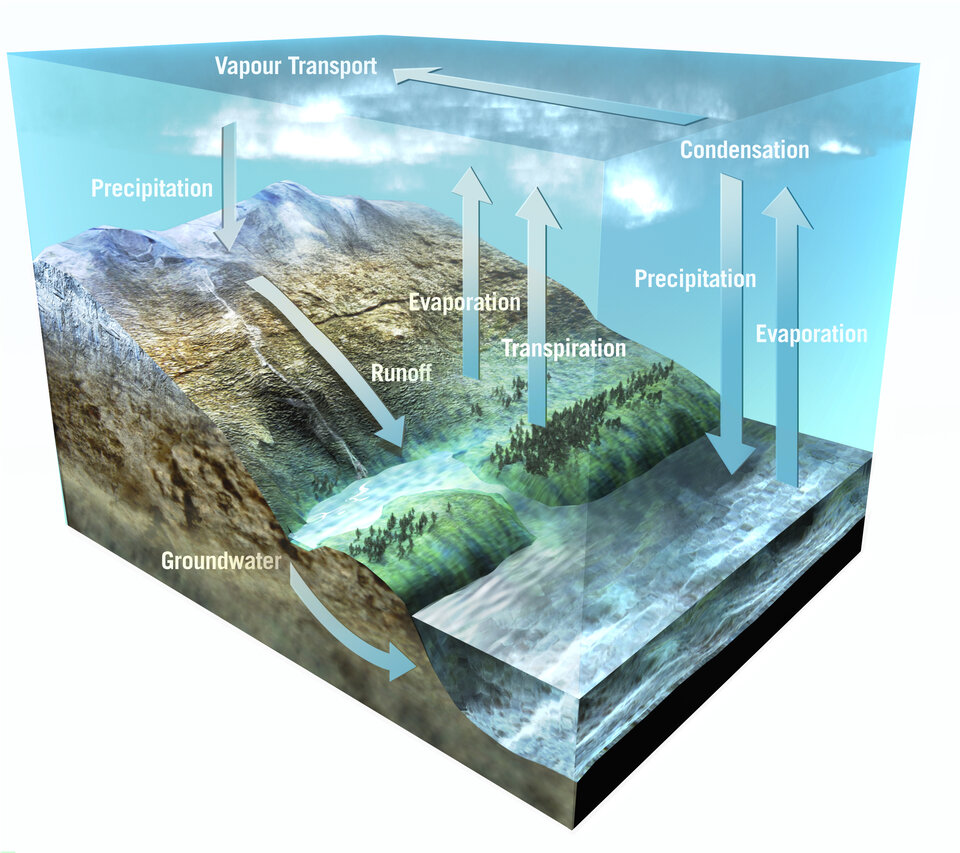
SMOS is the first mission dedicated to measuring both the moisture in soil and salt in the surface waters of the oceans. Mapping soil moisture and ocean salinity, ESA's water mission will further our understanding of the water cycle – key to advancing research into global and regional climate change as well as weather and extreme-event forecasting.
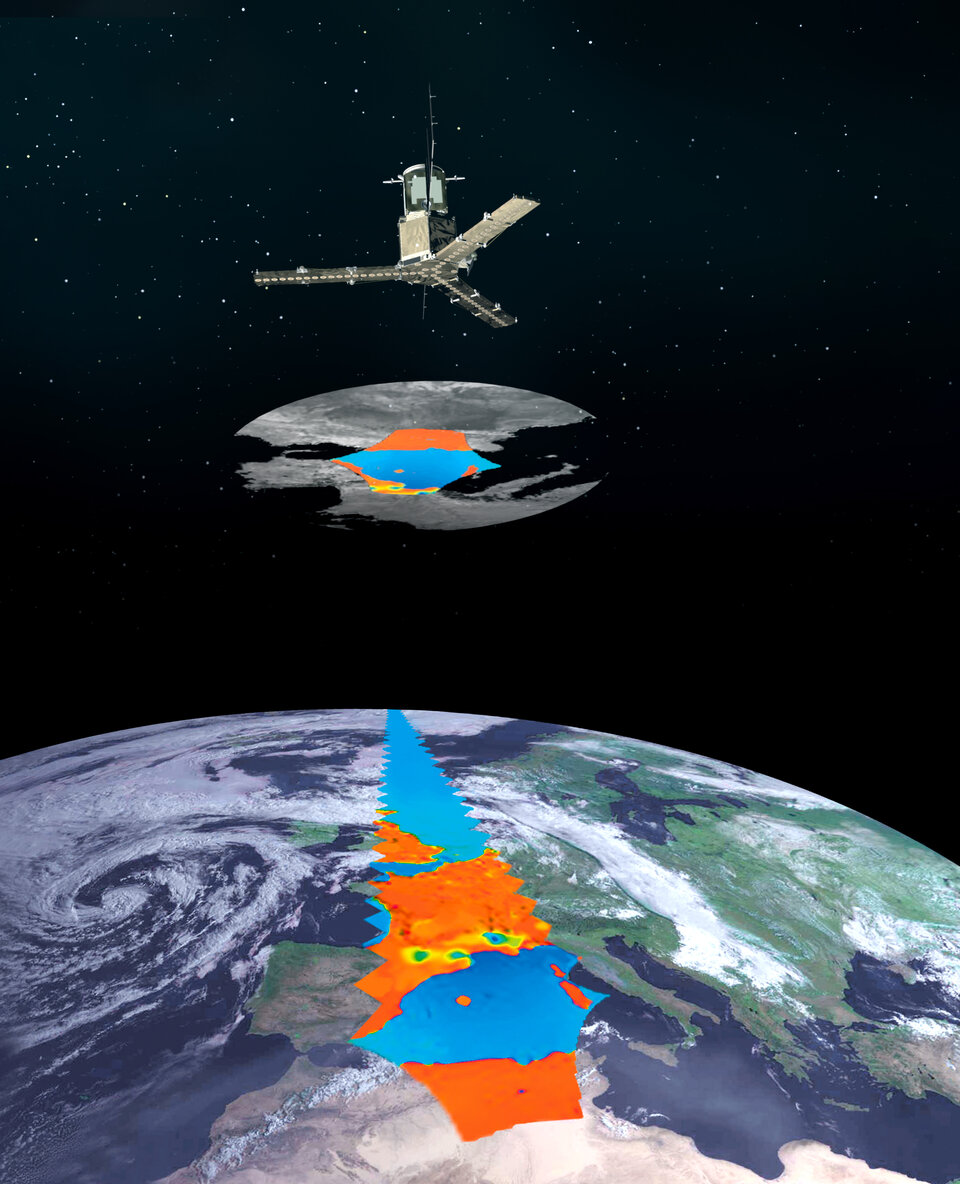
Also demonstrating technical innovation, SMOS will carry a completely new type of instrument in space – a microwave imaging radiometer that operates between 1400 – 1427 MHz (L-band). The Microwave Imaging Radiometer using Aperture Synthesis (MIRAS) instrument comprises a central structure and three arms that are deployed shortly after launch. There are 69 antenna-receivers distributed equally over the three arms and central hub which work by measuring microwave radiation emitted from the surface of the Earth. Developed by EADS-CASA in Spain, the MIRAS instrument takes advantage of the fact that moisture in the soil and salt in seawater affect the amount of radiation emitted.
The MIRAS instrument is carried on a standard spacecraft platform called Proteus developed by the French space agency CNES.


